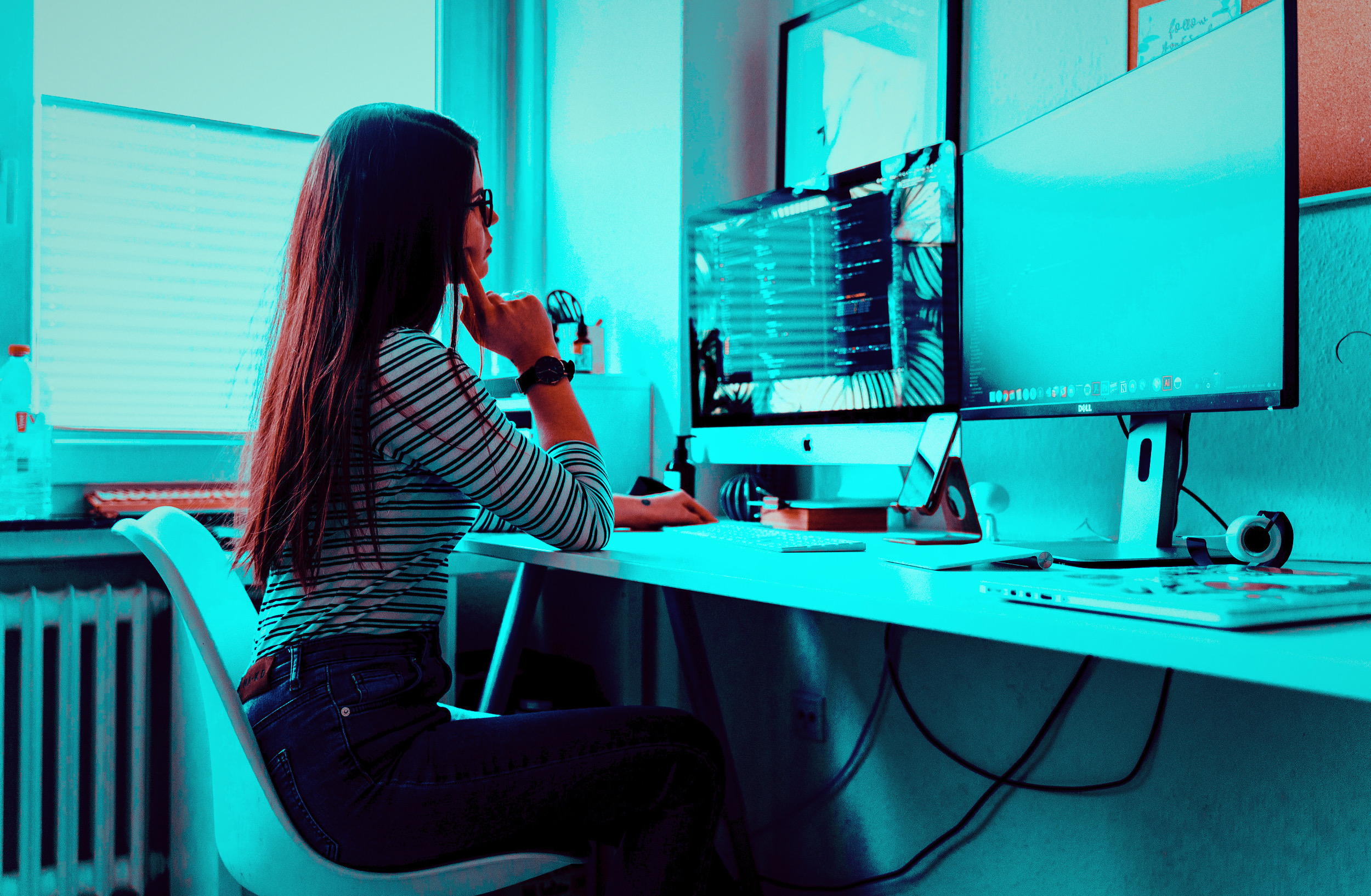The first thing I do when I hit the office is open Slack, Google Drive, and Asana. Three separate workplace software. Three augmentations of productivity. But how will the software that guides our work improve over time?
Like anything, workplace software evolves. The three phases are:
- Siloed, singular work on one’s own software
- Collaborative work on shared, team software
- Collaborative work with team and AI-assistance
The major shift from phase 1 to phase 2 is still happening for most software. The G Suite has been collaborative nearly since its inception, putting it leagues ahead of others. The Microsoft Office Suite didn’t gain co-authoring, collaborative features until 2016. Many of the newer team productivity tools launched with collaboration as the nucleus – Pitch, Trello, Asana, Dropbox, Slack, etc. And still, many others need to follow suit.
Which brings me to the exciting part: when our productivity tools get smarter.
Collaborating with AI
The next upgrade our everyday workplace tools will get is a healthy dose of intelligence. In increments, of course. But the vision for what it’ll be is truly inspiring.
Take SaneBox, for example. It’s an intelligent email filtering system that puts the person in charge of what reaches their inbox – what’s urgent vs. what can wait. And SaneBox then learns to do this filtering for you. With the average white-collar worker spending 11 hours per week in their email inbox, we’re talking about saving days of work over the course of a year.
Last year, Microsoft announced a massive initiative to bring AI into their infamous Office Suite. Some of their AI features include:
- PowerPoint Designer – Drag and Drop images into PowerPoint and it’ll suggest the best design layouts for your assets.
- PowerPoint Presenter Coach – Their AI will offer feedback on your presentation skills by listening to audio from your computer’s microphone.
- Ideas on Word – Their NLP will suggest grammar changes, recommend rewriting phrases to improve concision, clarity, and inclusiveness. Ideas will also help you review documents from other people by estimating reading times, extracting and highlighting key points, and even explaining acronyms.
- Outlook Scheduling – Intelligent group scheduling finds the best time for everyone in a group to meet.
Google is taking a more passive approach, allowing third-parties to build intelligent extensions for its G Suite. Grammarly is one of the obvious extensions that brought better grammar suggestions into Docs. Fyle is a Gmail plugin that identifies expense receipts in your email inbox, extracts the data, checks for policies, and then submits those expenses.
These are just glimpses.
AI Collaboration of the Future
What will AI collaboration in our workplace software look like in the future?
An Automated Cultural Reference Suggestor – Whether you’re writing an article, making a presentation, or putting together a plan, the Cultural Reference Guide would analyze your project to find relevant cultural examples to include – movie scenes, music lyrics, articles, Twitter threads, etc.
Let’s say you’re making a presentation on blockchain for diamond verification. That Automated Cultural Reference Suggestor should in theory index this article: Blockchain is the Missing Link in the Kim Kardashian Diamond Robbery.
In 2040, this Cultural Reference Guide looks more and more like a collective consciousness. A place where everyone goes to understand what’s happening in the cultural sphere and learn cultural norms.
A Hands-On Project Manager – Asana and Trello will get an upgrade in the form of an active AI manager that helps people maintain their progress and get tasks done on time. Today, these tools send us gentle push notifications when we’re past due on a task.
But tomorrow, these tools will more actively manage our schedules to put time on our calendars to finish tasks before they become overdue. The AI Project Manager will bridge people within a company to ensure that progress is made. And ultimately play a more hands-on role in ensuring our productivity.
We have yet to see AI applied at an effective scale to our calendars. A system that can learn when we’re most productive, what needs to get done, and how to schedule us in order to get those things done would be incredibly valuable to the workforce.
These are just two of the ways I see AI evolving our workplace software. The imagination is the only bound to what will come from our productivity tools.
